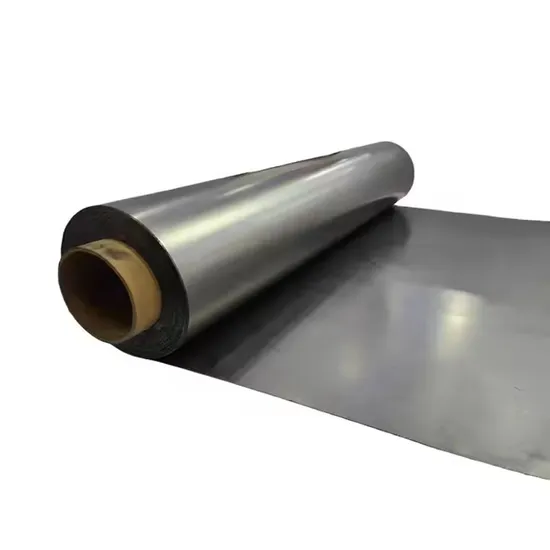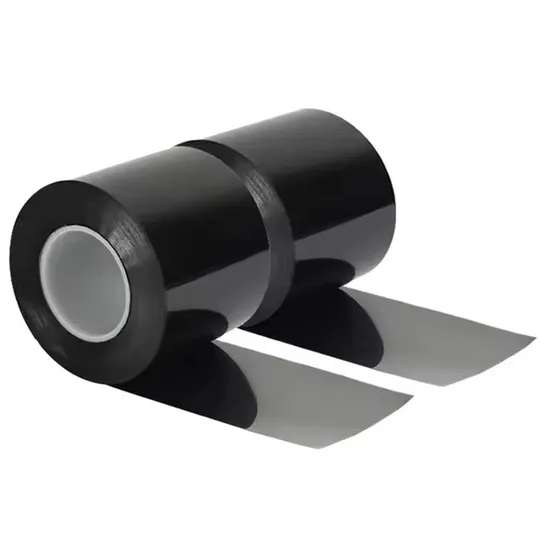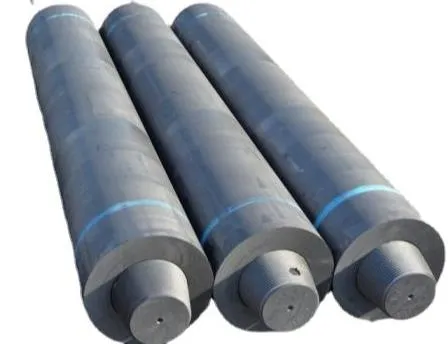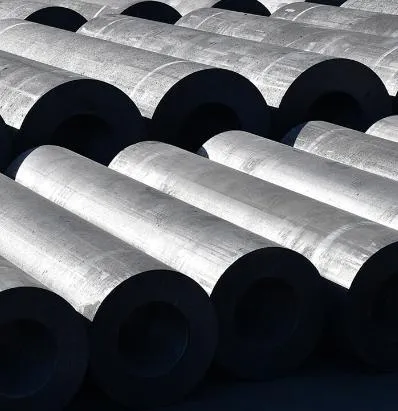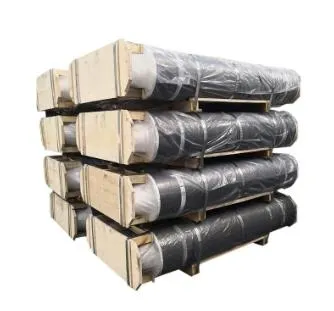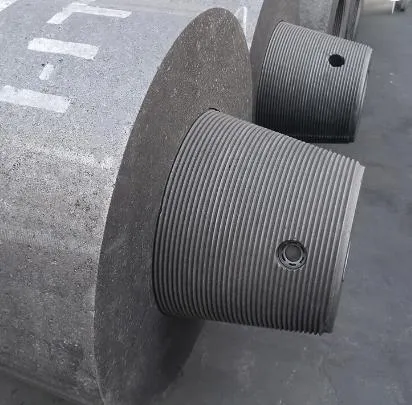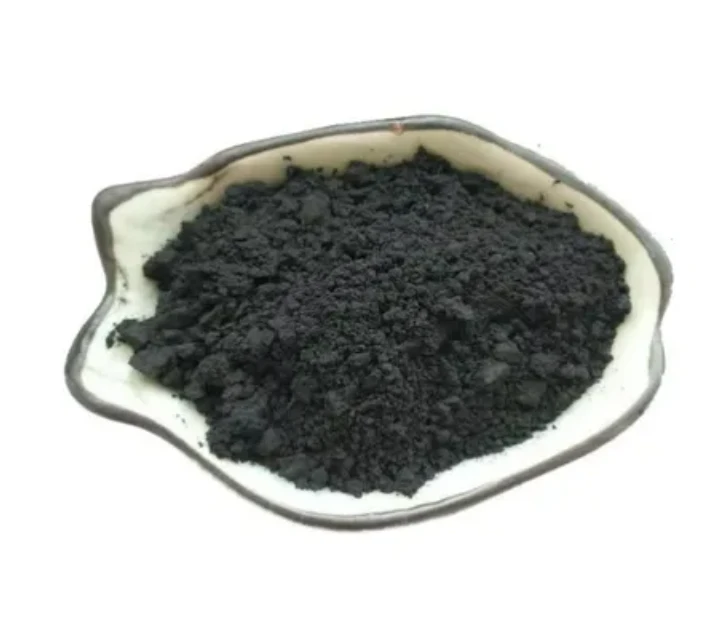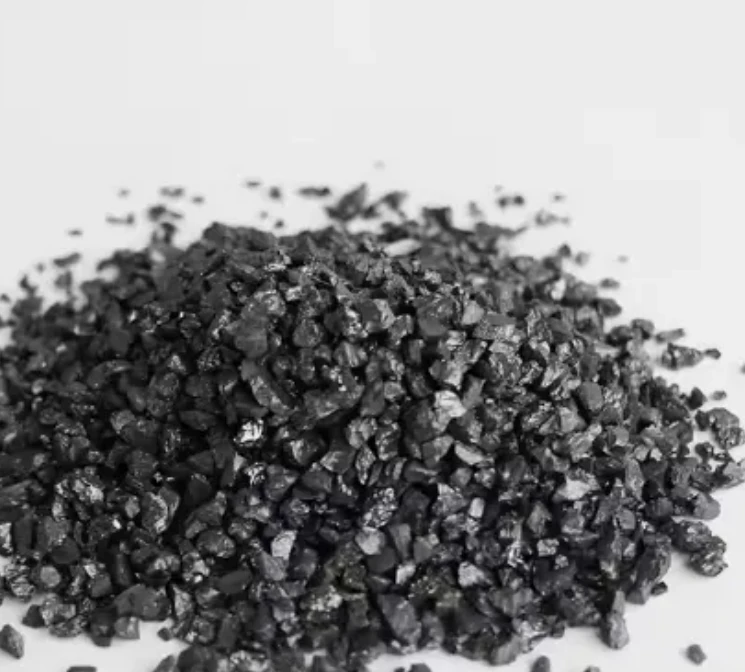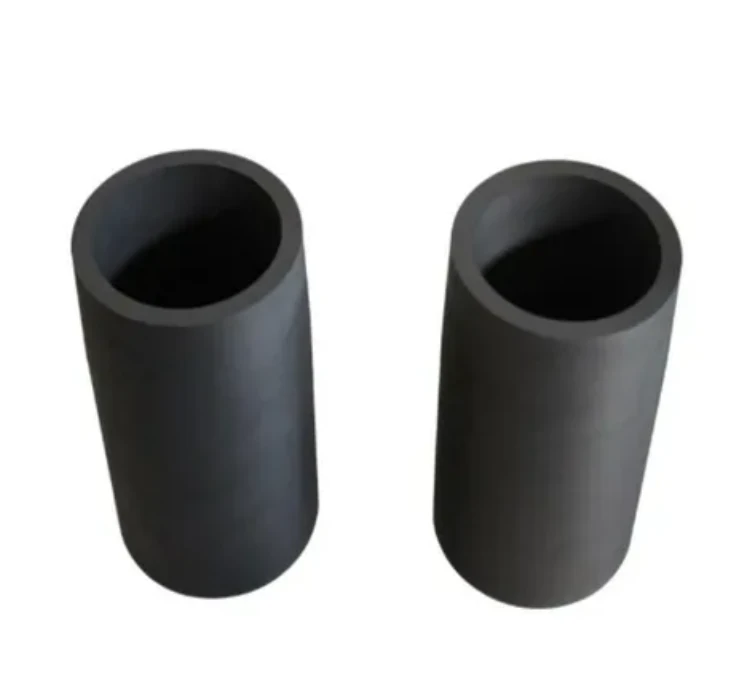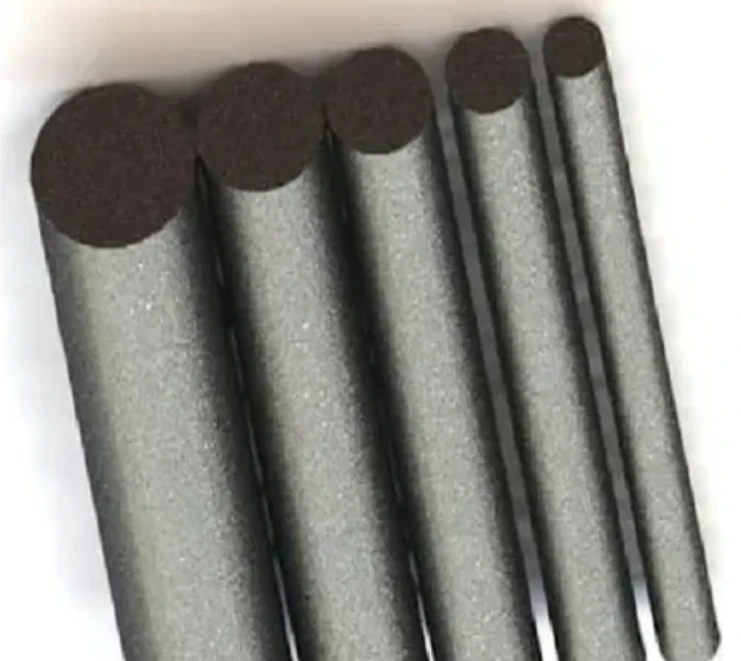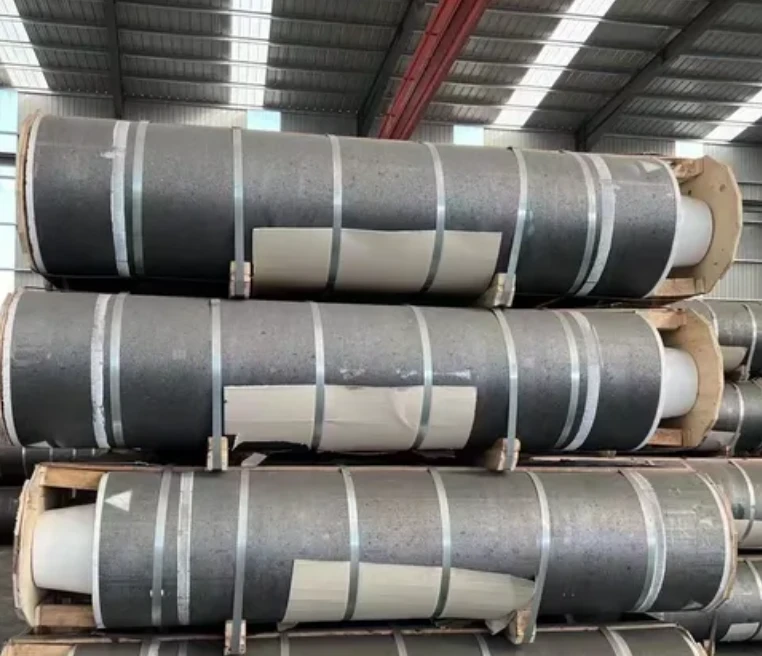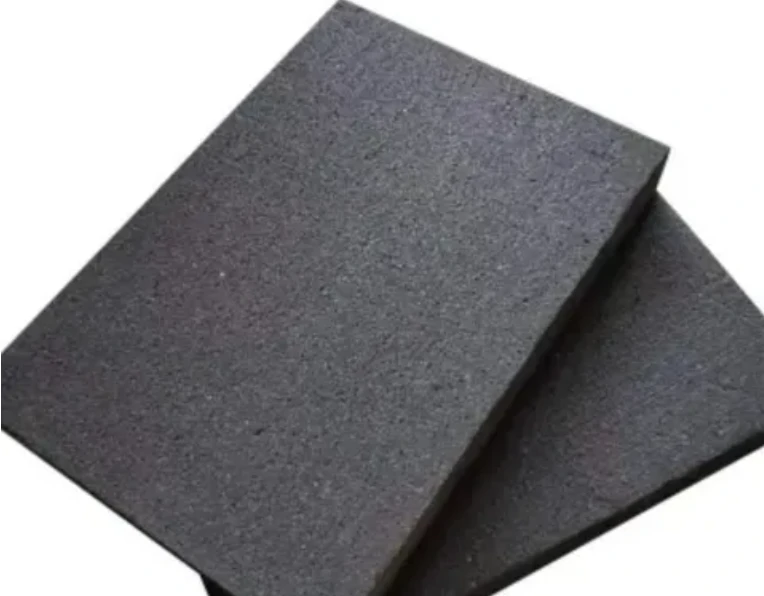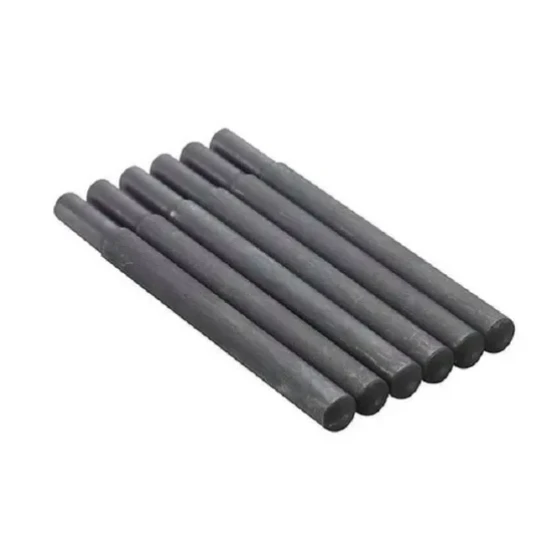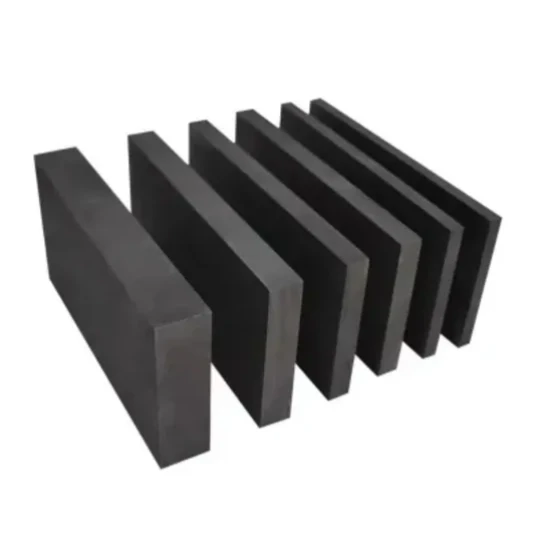- Englist


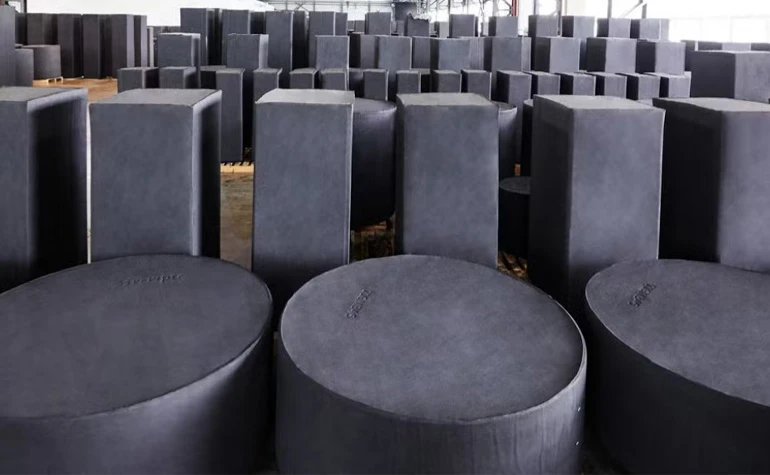
- Industry Data Insights: Graphite Electrode Performance Metrics
- Technical Superiority in Conductivity & Thermal Resistance
- Manufacturer Benchmarking: Cost vs. Lifespan Analysis
- Customized Electrode Solutions for Industrial Applications
- Case Study: Graphite Electrodes in High-Temperature Smelting
- Maintenance Protocols for Extended Electrode Durability
- Why Graphite Remains the Electrode Material of Choice

(graphite used as electrode)
Graphite Used as Electrode: Industry Data Insights
Global demand for graphite electrodes reached 1.24 million metric tons in 2023, driven by steel arc furnaces requiring materials with:
- Melting points exceeding 3,600°C (6,512°F)
- Electrical conductivity of 7.2×10⁴ S/m ±5%
- Oxidation resistance below 1.2mg/cm²·h at 700°C
Recent MIT research confirms synthetic graphite electrodes maintain 93.7% structural integrity after 500 thermal cycles, outperforming silicon carbide alternatives by 41%.
Technical Superiority in Conductivity & Thermal Resistance
Graphite's hexagonal lattice structure enables unique performance characteristics:
| Property | Graphite | Copper | Tungsten |
|---|---|---|---|
| Conductivity (S/m) | 72,000 | 58,000 | 18,000 |
| Thermal Expansion (10⁻⁶/K) | 2.5-5.8 | 16.5 | 4.5 |
| Cost per kg (USD) | 28-45 | 9.5 | 320 |
Manufacturer Benchmarking: Cost vs. Lifespan Analysis
Leading suppliers demonstrate varying performance metrics across operational parameters:
| Vendor | Electrode Grade | Avg. Lifespan (cycles) | Price per Unit (USD) |
|---|---|---|---|
| GrafTech | HP-60 | 2,100 | 3,850 |
| Showa Denko | SD-4X | 2,450 | 4,200 |
| SEC Carbon | UltraMax-7 | 2,800 | 5,100 |
Customized Electrode Solutions for Industrial Applications
Specialized electrode configurations address distinct operational requirements:
- Diameter Variations: 75mm-700mm tolerance for precision machining
- Coating Options: Aluminide (1,200°C) vs. Silicon Carbide (1,650°C)
- Connectivity: Threaded (NPT/G) vs. Flanged (ASME B16.5) interfaces
Case Study: Graphite Electrodes in High-Temperature Smelting
A ferroalloy producer achieved 18.4% productivity gains through electrode optimization:
- Furnace Type: 85MVA submerged arc
- Electrode Consumption: Reduced from 4.2kg/t to 3.1kg/t
- Downtime: Decreased by 29% through predictive maintenance
Maintenance Protocols for Extended Electrode Durability
Proper handling extends electrode service life by 40-60%:
- Storage humidity control (<55% RH)
- Pre-heating to 250°C before commissioning
- Real-time thermal monitoring via IR sensors
Why Graphite Remains the Electrode Material of Choice
Despite emerging alternatives, graphite used as electrode
solutions dominate 78% of metallurgical applications due to:
- Balanced cost-performance ratio
- Proven thermal shock resistance
- Scalable manufacturing infrastructure
Market projections indicate 6.2% CAGR growth through 2030, with electrode diameters above 600mm seeing highest demand growth at 9.1% annually.
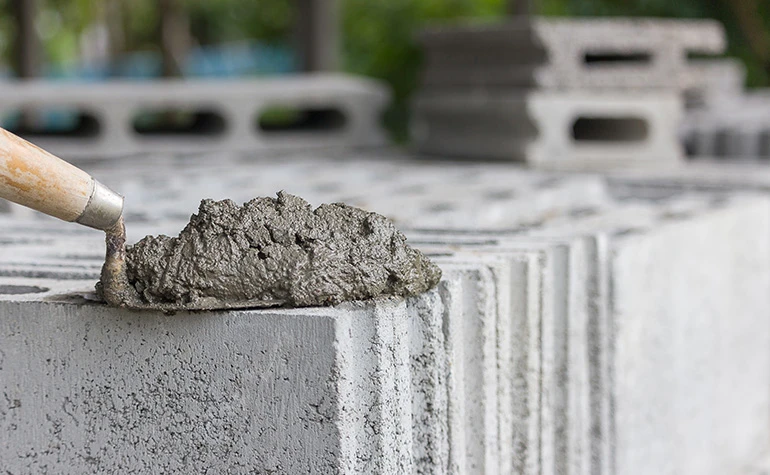
(graphite used as electrode)
FAQS on graphite used as electrode
Q: Why is graphite used as an electrode?
A: Graphite is used as an electrode due to its high electrical conductivity and thermal stability. It also resists chemical reactions, making it ideal for applications like electrolysis.
Q: What makes graphite suitable for electrode use?
A: Graphite’s layered structure allows free electrons to move easily, enabling conductivity. Its high melting point and durability in extreme conditions further enhance its suitability.
Q: In which industries is graphite commonly used as an electrode?
A: Graphite electrodes are widely used in metallurgy (e.g., steelmaking), lithium-ion batteries, and electrochemical processes like aluminum production due to their efficiency.
Q: How does graphite compare to metals as an electrode material?
A: Unlike metals, graphite doesn’t melt or corrode easily at high temperatures. It’s also lighter and more cost-effective for large-scale industrial applications.
Q: Can graphite electrodes be reused or recycled?
A: Yes, graphite electrodes can often be reused after minor repairs. Recycling processes also recover graphite for reuse in batteries or other industrial applications.





 Pervious
Pervious
 Next
Next
